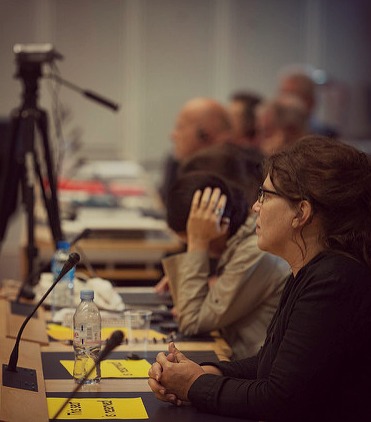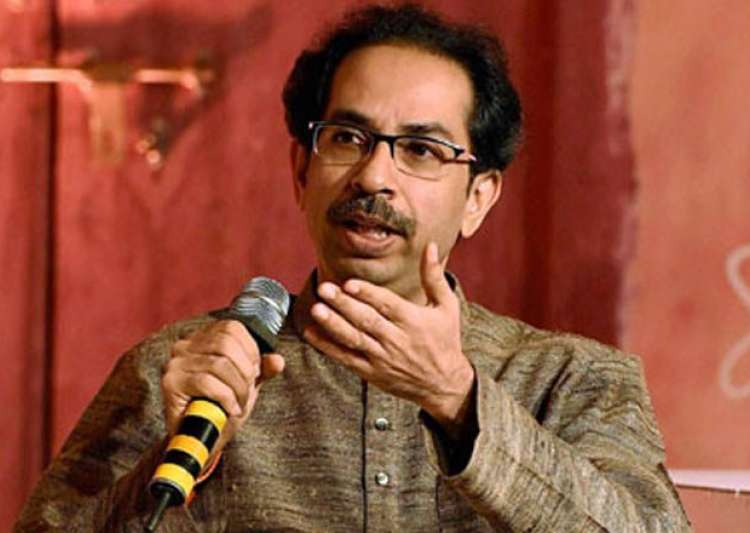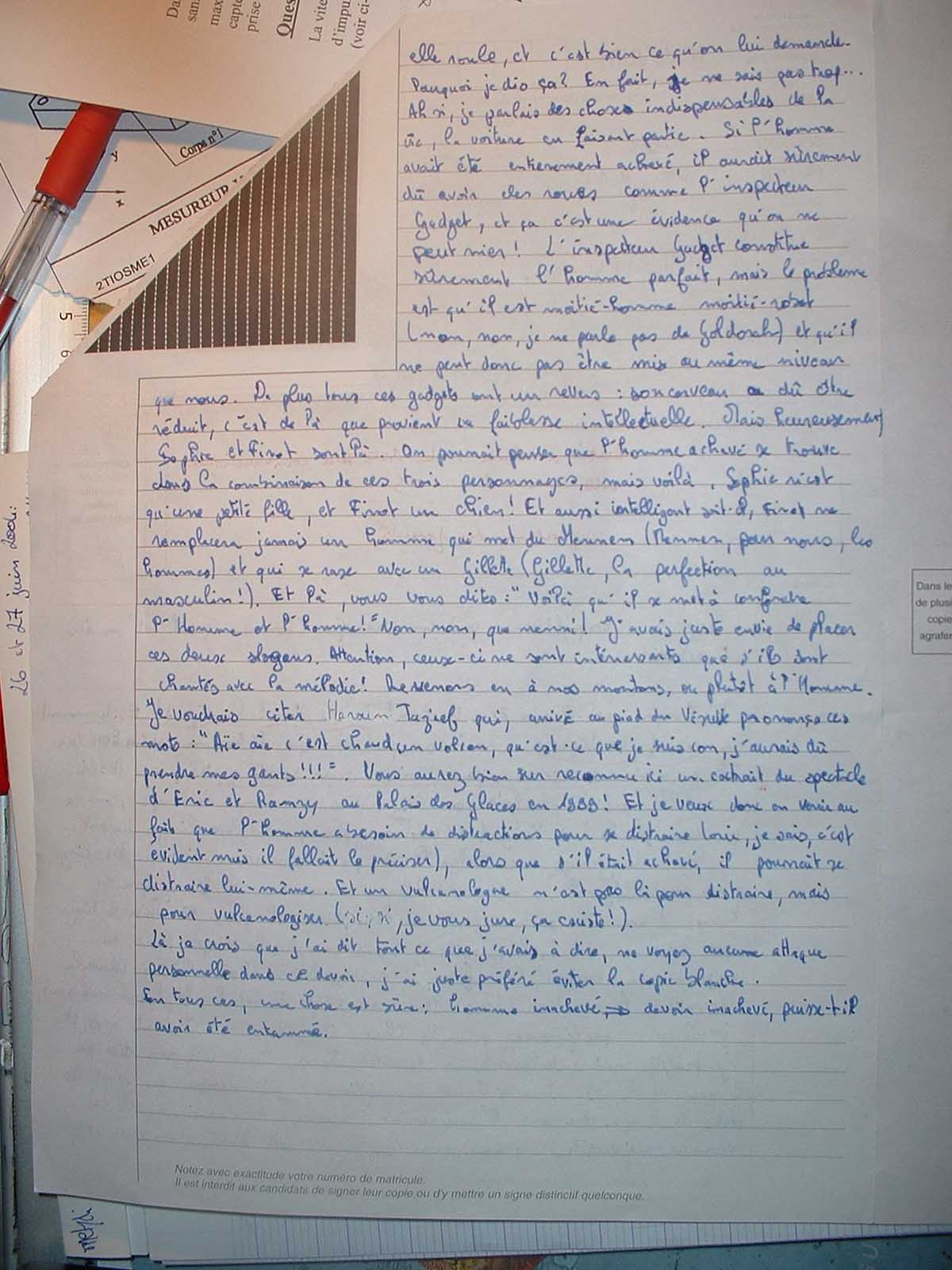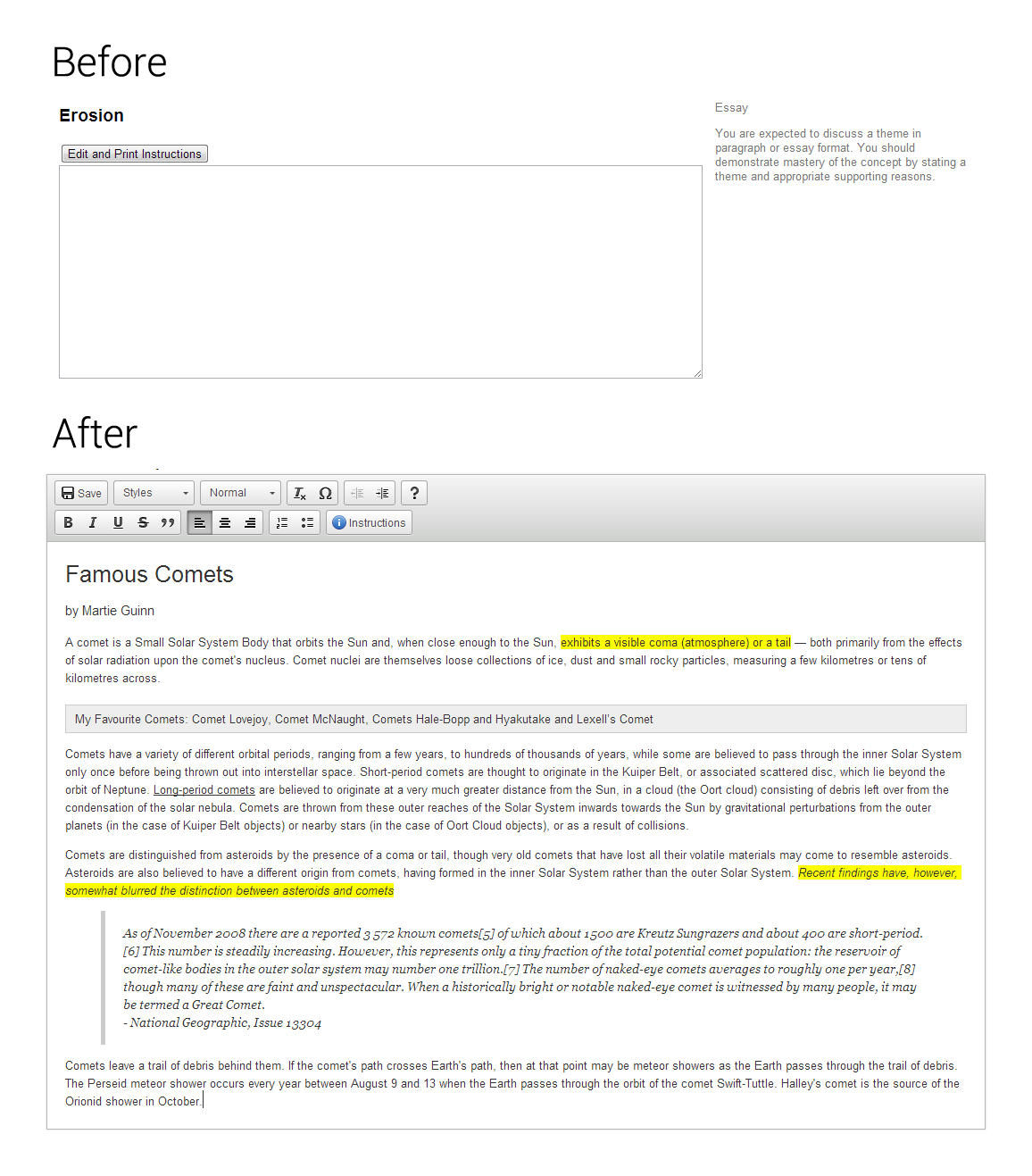Philip Zimbardo Research Paper - Research EssayEmpire.
This sample Philip Zimbardo Research Paper is published for educational and informational purposes only. If you need help writing your assignment, please use our research paper writing service and buy a paper on any topic at affordable price. Also check our tips on how to write a research paper, see the lists of research paper topics, and browse research paper examples.
Philip G. Zimbardo The materials consist of research and teaching files, professional files and correspondence, audiovisual materials used in the classroom, professional papers and articles, and materials documenting the Stanford Prison Experiment.

Zimbardo Research Paper Robyn-Lea Gentile University of Pheonix Zimbardo Research Paper Philip Zimbardo is the researcher behind the Stanford Prison Experiment. An experiment that changed the research world of psychology for the better. The Stanford Prison Experiment was a study that consisted of males who wanted to participate in 197, “Ultimately, we were left with a sample of 24 college.

Philip Zimbardo: Yeah, so the optimal and we have a lot of, now, research. It's called having a balanced time perspective, which means low unpassed negative — low on future negative — low on present fatalism — moderate on present hedonism. Present hedonism is exciting when it's not in the extreme and moderately high on future. So, there's a balance time perspective and if you look at our.

Background on the Stanford Prison Experiment The Stanford Prison Experiment was created by Professor Philip Zimbardo who led a team of researchers at Stanford University in 1971. The study was designed to observe and study the human responses to captivity by both the inmates and the authority figures. In order to carry out the experiment, a mock prison was created in the basement of the.

Evaluation of Zimbardo. A recent replication of the Stanford Prison Experiment, carried out by Reicher and Haslam (2006), contradicts the findings of Zimbardo. Reicher and Haslam replicated Zimbardo’s research by randomly assigning 15 men to the role of prisoner or guard. In this replication, the participants did not conform to their social.

Zimbardo Research Paper. Zimbardo Attainments Essay. View the succeedingcited segments from the “Classic Studies in Psychology” transcripts: 16. Stanford Prison Experiment; 17. Rebellion; 18. The Results; Write a 700- to 1,050-signal espronounce discussing the impression of Dr. Zimbardo’s con-over on gregarious psychology.Zimbardo Attainments Essay.

RUNNINGHEAD: Zimbardo Research 2 After watching the video the Zimbardo research study that was conducted during 1971. He had taken 24 male figures students that he divided up randomly with the guards and prisoners. As the guards has created the prison to look like a real set up for the people.

ZIMBARDO 2 The famous Stanford Prison Experiment, of 1971, was a psychological experiment put together by Philip Zimbardo, who was a social psychologist. The main point of the experiment was to observe the social powers of a given role, the social norms, and the script of a person. However, not being able to go to an actual prison, Zimbardo created a mock prison in the basement of the.

Philip Zimbardo Ph.D.. His current research interests continue in the domain of social psychology, with a broad emphasis on everything interesting to study from shyness to time perspective.

Procedure The experiment began with an ad in the paper asking for college aged male volunteers, who would be paid fifteen dollars per day (Zimbardo, 1999). There were more than one hundred people who responded to the ad. The large number of respondents was narrowed down through a series of psychological experiments.

Philip G. Zimbardo is a well-known social psychologist, president of the American Psychological Association, and the creator of the Zimbardo Time Perspective Test. The Zimbardo Time Perspective Inventory (ZTPI) is a test to show how time usage is related to well-being and success. The test taker answers a series of questions regarding relationships, the future, the past, and their general.

View Philip Zimbardo Research Papers on Academia.edu for free.



